Halloween is still over a month away, but here’s a scary chart of Bloomberg’s US Government Securities Liquidity Index.

The higher the score, the less liquid the $27tn Treasury market is. So according to this index — which is derived from how dispersed Treasury prices are from a smoothed yield curve — the US government bond market is now less liquid than it was at the peak of the March 2020 chaos.
FT Alphaville has been keeping an eye on this measure because it shows a radically different picture from what analysts and officials are saying, and what the headline data seems to indicate. August was the first month in history when the average daily notional of Treasuries being traded went over $1tn, up 37 per cent year-on-year, according to Coalition Greenwich. Treasury futures trading is up by a similar amount.
Which is why this annual check-up of the Treasury market’s liquidity from the New York Federal Reserve is so timely.
The tl;dr is that bid-ask spreads remain modest — and not nearly where they were in March 2020 — while market depth remains reasonable, if subdued after the Fed’s interest rate hikes.


As a result, the estimated price impact of a $100mn Treasury trade is also un-alarming. Big trades make a bigger splash than they used to, but the deterioration seems mostly caused by higher interest rate volatility, which is now coming down a bit.

The author — Michael Fleming, the head of capital markets studies at the NY Fed’s research group — does explore the discrepancy between these measures of liquidity and that shown by the Bloomberg’s index, but mostly shrugs it off:
While the Bloomberg measure has recently risen, it remains far below its peak during the GFC. Moreover, it remained far below its GFC peak in March 2020 even when direct liquidity measures approached GFC levels and the Fed unleashed massive asset purchases to address the dysfunction then roiling the market. It follows that the recent behavior of the Bloomberg index seems less notable when examined in a longer historical context. The reasons behind the disparate performances of the different measures are an interesting area for future research.
This research should probably focus on the Bloomberg index’s underlying composition. Barclays analysts have previously noted that the Bloomberg index might have been artificially boosted this summer because of the inclusion of some very old 30-year Treasuries, which are for motley reasons trading extremely rich to what the shape of the yield curve would normally indicate.
FTAV has another, admittedly more speculative take. These kinds of price-dispersion-versus-fair-prices indices supposedly measure liquidity conditions because a lot of wonky prices indicate that there’s insufficient capital in the market to take advantage of them.
But this would seem to be a better measure of fragility rather than liquidity?
In other words, Treasury market liquidity might be basically fine and perhaps improving, but the underlying fragility of the market is increasing, as banks devote less and less balance sheet to lubricating it? In which case we won’t really know how healthy it is until the next shock hits.
Further reading:
— The bond market liquidity ‘trilemma’ (FTAV)
— People are worried (again) about bond market liquidity (FTAV)

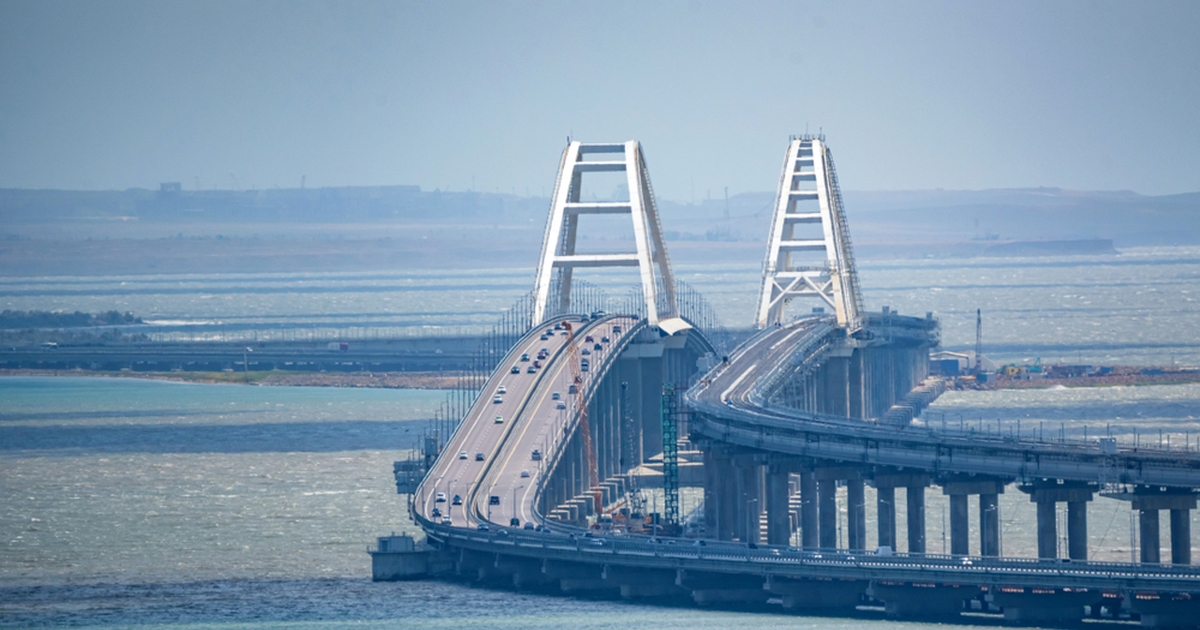


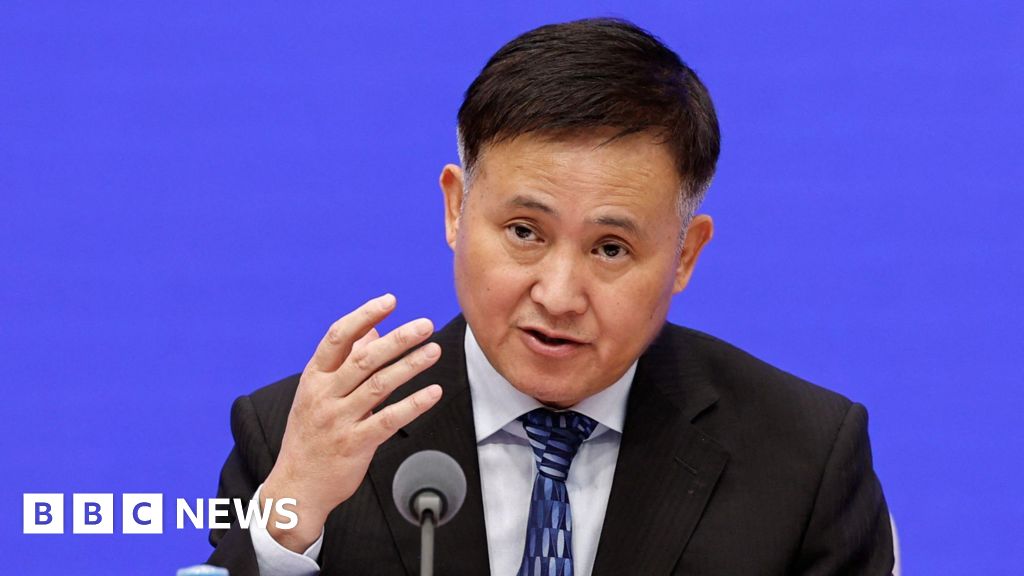
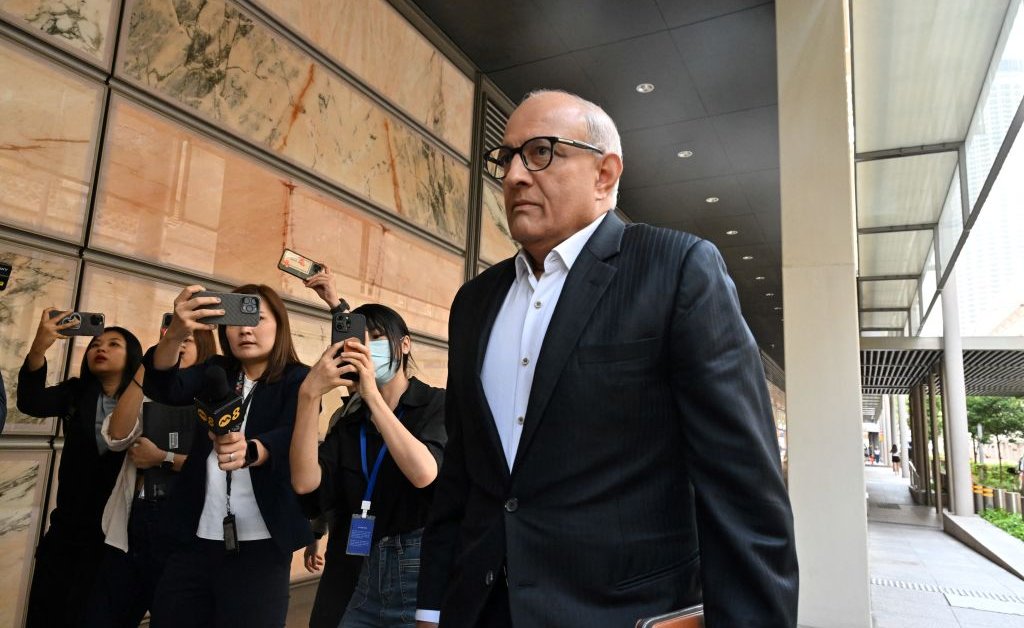
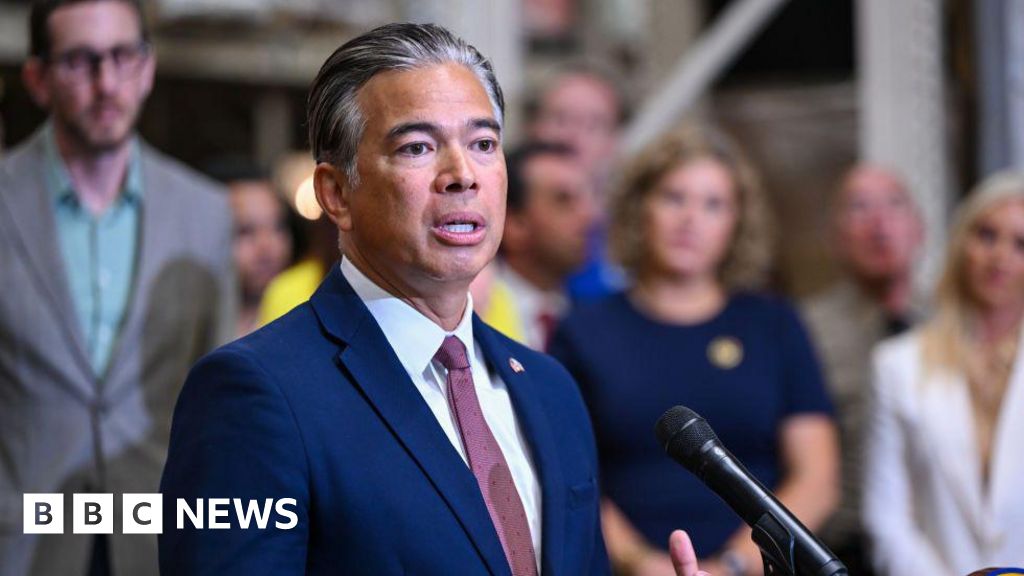




























































































































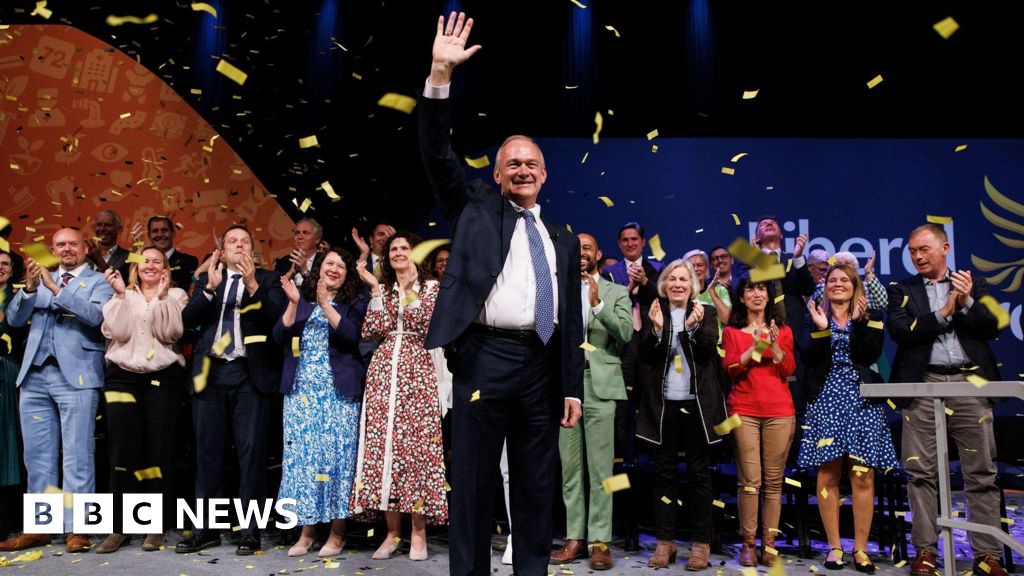
You must be logged in to post a comment Login